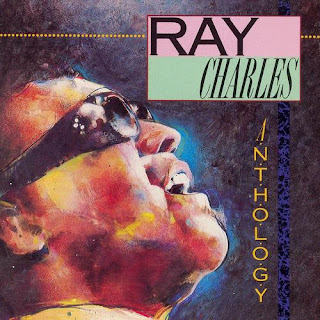"Here We Go Again" is a country music standard written by Don Lanier and Red Steagall that first became notable as a rhythm and blues single by Ray Charles from his 1967 album Ray Charles Invites You to Listen. It was produced by Joe Adams for ABC Records/Tangerine Records. To date, this version of the song has been the biggest commercial success, spending twelve consecutive weeks on the US Billboard Hot 100 chart, peaking at number 15.
The most notable cover version is a rhythm and blues duet by Charles and Norah Jones, which appeared on the 2004 album Genius Loves Company. This version has been the biggest critical success. When Genius Loves Company was released, "Here We Go Again" earned Grammy Awards for Record of the Year and Best Pop Collaboration at the 47th Grammy Awards posthumously for Charles who died in 2004. Another notable version by Nancy Sinatra charted for five weeks in 1969. Johnny Duncan charted the song on Billboard's Hot Country Songs chart for five weeks in 1972, while Roy Clark did so for seven weeks in 1982.
The song has been covered in a wide variety of musical genres. In total, five different versions have been listed on the music charts. Although its two most successful versions have been rhythm and blues recordings, many of its other notable covers were featured on country music albums. "Here We Go Again" was first covered in an instrumental jazz format, and many of the more recent covers have been sung as duets, such as one with Willie Nelson and Norah Jones with Wynton Marsalis accompanying. The song was released on their 2011 tribute album Here We Go Again: Celebrating the Genius of Ray Charles. The song lent its name to Red Steagall's 2007 album as well. Cover versions have appeared on compilation albums by a number of artists, even some who did not release "Here We Go Again" as a single.


Features of This Track
ReplyDeletemodern r&b stylings
blues influences
gospel influences
acoustic rhythm piano
a twelve-eight time signature
call and answer vocal harmony (Antiphony)
repetitive melodic phrasing
demanding instrumental part writing
paired vocal harmony
mixed acoustic and electric instrumentation
major key tonality
electric pianos
mallet percussion
prominent organ
vocal duets
romantic lyrics
triple note feel